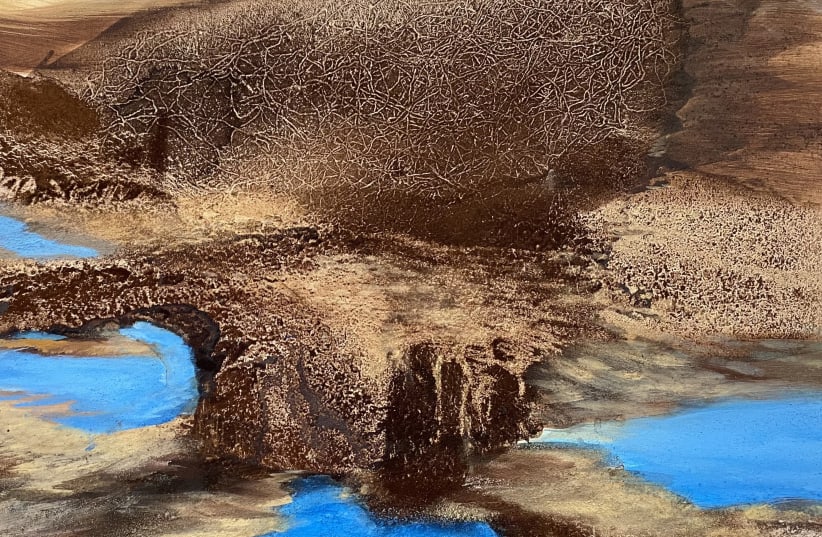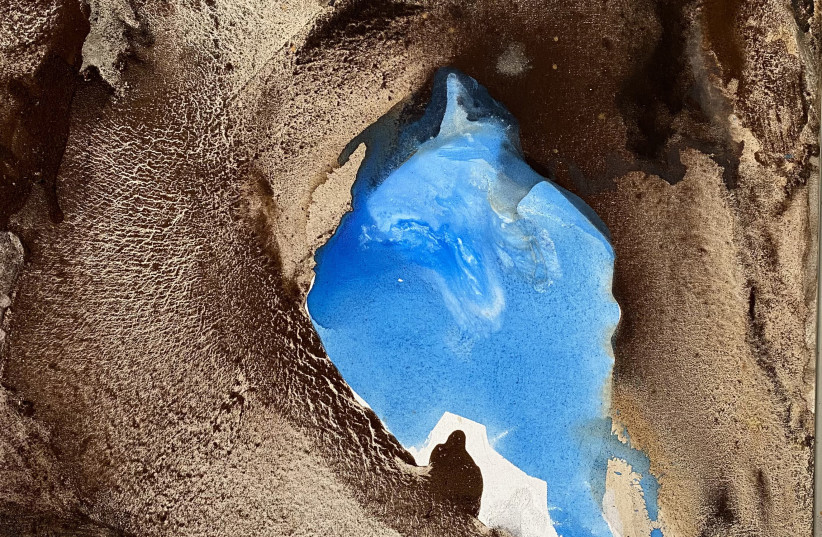Isaac re-dug the wells that had been dug in the days of his father, Abraham, which had been blocked by the Philistines after Abraham’s death. Isaac’s servants dug in the valley and found a well of fresh water. The shepherds of Gerar quarreled with Isaac’s shepherds, claiming that the water was theirs; Isaac named that well Eisek [challenge] because they had challenged him. They dug another well, and they quarreled over that also. [Isaac] named it Sitnah [accusation]. He then moved away from there and dug another well. This time they did not quarrel over it, so he named it Rechovot [wide spaces] (Genesis 26:18–22).
We wonder why the Torah gives much importance to Isaac’s efforts to reopen the wells that were dug by Abraham, as well as to the digging of new ones. What is the significance of digging wells, and what messages does this have for us today – especially now in the midst of war? What is the symbolism of the wells?
The symbolism of wells, water, Torah, and spirituality
Wells and water are often symbolic of Torah and spirituality: To access the water which is hidden beneath layers of earth requires much effort to break through the obstacles; to sweep away earth that obstructs the flow of water. And then the water becomes an object of dispute. Not everyone wants the water of Torah to flow into the world. When the Philistines stop up Isaac’s wells, is this one of the first signs of the antisemitism that Isaac’s descendants will encounter?
Isaac digs a well, and the shepherds of Gerar claim that it is theirs. He digs another, and again they try to wrest it from him. Twice, over the centuries, major religions have arisen to lay claim to the water of the Torah.
But at last, Isaac digs another well, and this time nobody disputes that it is his. And he calls it Rehovot – expansiveness.
This reminds us of the famous letter by the Baal Shem Tov, in which he recounts his meeting with the Messiah in the higher worlds. He asks him, “When will you come?” The Messiah replies, “When your teachings are publicized, and your wellsprings are spread abroad.”
Artist Yoram Raanan made three paintings of the wells. In the first two, the surface of the painting is dominated by areas in shades of brown, suggesting the deep, layered rocks of the earth that had to be dug through. The intensity of this quest is highlighted by opposing colors. In contrast to the rock is the vivid, vibrant blue of the pools of water, suggesting the depths from which the water is drawn, but also the blue of the transcendent heaven in contrast to the materiality of Earth. The wells also symbolize the depths that are inside each one of us, as well as the artist’s search for a purer inner expression.
In the first two paintings, the water is still confined to openings in the rock. In the middle painting, especially, the rock-like brown areas surround the water-like arms seeking to restrain it. The sense of struggle in this second panel is especially strong. In the painting on the right, the water spreads out over large areas of the painting, with white splashes suggesting clouds and galaxy formations. The earth is covered with blue waters, evoking an ever-expanding space where water (and Torah) can spread and flow freely.
“For the Earth shall be full of the knowledge of the glory of God as the waters cover the sea” (Habakkuk 2:14).
This is part of Raanan’s series of paintings using his novel medium of coffee grounds. After mixing the grounds with acrylic binder, he then pours them with abandon onto the canvas. This creates the appearance of rock layers. He then begins exploring the theme of wells by pouring phthalo blue between the swathes of the textured pigment and sometimes over it. This creates a powerful contrast between the earthy grounds and the watery paint, between earthiness and the watery depths that reflect the blue of heaven.
There would be dark times in Jewish history when Isaac’s offspring would be beset by Philistines and worse. How would they find the strength to endure and to be fruitful? Isaac uncovered “water” – the light of Torah – in the face of hatred and opposition. The wells may be stopped up over and over again, but the water and the light are still there.
Rav Abraham Isaac Kook wrote about the challenge of the pioneers who established the State of Israel and how they needed to keep digging deeper and deeper to find pure flowing water. Rav Kook’s message is one of faith.
From Isaac’s re-digging of stopped-up wells, we learn that if we dig deep enough, we will find meaning.
In this time, confronted by evil, may we find the strength to keep digging deeper and deeper into the wellsprings of our faith.■
Meira Raanan is the author of Art of Revelation: A Visual Encounter with the Jewish Bible, a commentary on the paintings by her husband, Yoram Raanan. She also teaches Jewish meditation.
Esther Cameron is a poet, scholar, and essayist living in Jerusalem. She is editor-in-chief of The Deronda Review.

